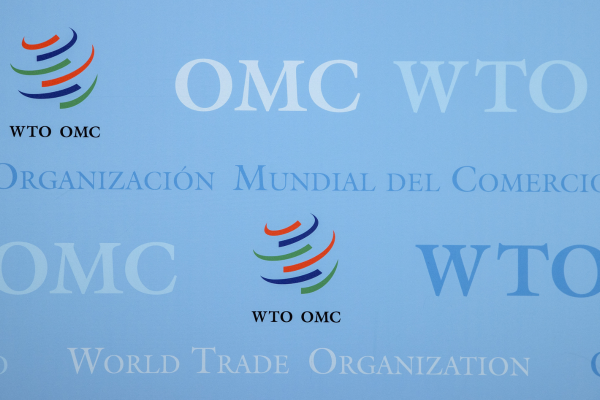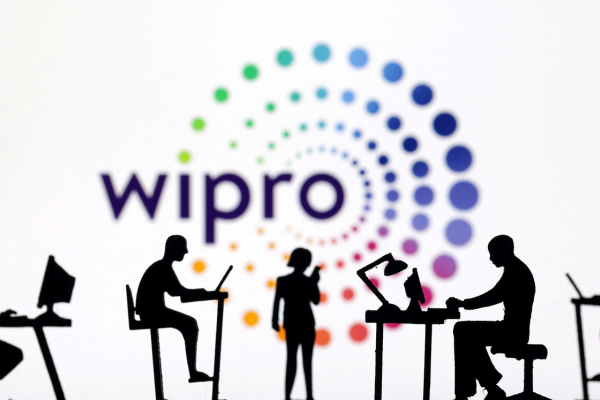Data: the key to success for SMEs

Chirag Shah at Nucleus Commercial Finance explains why forecasting is key to helping SMEs with their cashflow
Data is key to the success of small and medium-sized enterprises (SMEs). When analysed, it enables them to see how their business is doing, know what their customer wants and identify opportunities.
But one of the most useful ways of harnessing data is forecasting for the future. To achieve this, SMEs can use predictive analytics tools such as machine learning algorithms or modelling software to look at historical data and predict what may happen to the business and the wider market in the forthcoming years.
By examining a multitude of factors, they can soon determine potential customer churn, and project sales growth, or demand for products or services. With that information, companies can put in place a clear strategy to continue operating effectively during downturns and inflationary periods, as well as to seek out new opportunities.
Open accounting data enables SMEs to better understand their financial position. With access to real-time data on their income, expenses and cashflow, they can identify areas to save money or generate more revenue.
It can also help them improve their budgeting and forecasting. By looking at historical data, they can better predict their cashflow needs, with the information being used to provide more accurate budgets and forecasts, and, thus, avoid any cashflow problems.
Cashflow forecasting is paramount
In short, there are five main forms of forecasting: cashflow, sales, startup cost, expense and demand.
Cashflow is the most important of all of them. It enables firms to project their incomings and outgoings during a prescribed window of time. The business will run more effectively the more accurate the forecast is. That’s because it enables companies to better plan operations depending on the money they have and where there are gaps in their finances.
That’s vital, bearing in mind that 82% of businesses fail due to poor cash management.
Access to the right data
Effective cashflow forecasting begins with having access to the right data. For greater accuracy, firms need to take into consideration a host of variables, such as seasonality, terms of payment, the time taken between finishing work and getting paid, and ways to incentivise people to pay on time.
In addition to the money coming in, they must also focus on expenses, including inventory, rent or mortgages, payroll, tax obligations, supplies and other monthly operational costs. Any large future financial expenses, such as upgrading equipment or machinery, should also be taken into account.
Yearly and weekly forecasting
Regular forecasts also need to be conducted in order to ensure that they are as relevant and updated as possible. It’s best practice to carry out one, three and five-year forecasts, as well as monitor revenue on a weekly basis.
As a result, SMEs can quickly identify when and which outgoings need to be reduced, in addition to the right time to invest in and grow the business.
Calculating different scenarios
There are three different scenarios that organisations need to predict with cashflow forecasting.
- The base case is calculated using a standard business-as-usual cashflow forecast.
- The worst-case scenario is based on factors such as the highest possible discount rate, inflation rate, input pricing and interest rates.
- The best-case scenario may include the highest possible revenue growth rate and lowest possible expenses, rates and favourable economic conditions.
Finding the right fit
There are a host of online financial forecasting tools available that firms can use to generate their cashflow forecasts. By using the data from the company’s accounting software and databases, they can be customised to show predictions over set periods of time. But, most importantly, companies need to use a platform that meets their requirements.
As a result of more accurately being able to forecast their cashflows, SMEs can more effectively plan for the future. Given the economic shocks of the last year, it’s critical that businesses to keep on top of their finances during these increasingly uncertain times.
Chirag Shah is founder and CEO of Nucleus Commercial Finance which has a mission to provide flexible funding solutions to the SMEs, the UK’s economic backbone
Main image courtesy of iStockPhoto.com

Business Reporter Team
Most Viewed
Winston House, 3rd Floor, Units 306-309, 2-4 Dollis Park, London, N3 1HF
23-29 Hendon Lane, London, N3 1RT
020 8349 4363
© 2025, Lyonsdown Limited. Business Reporter® is a registered trademark of Lyonsdown Ltd. VAT registration number: 830519543





